Tube forming is shaping flat metal into a finished tube form. Tube bending, however, is bending the tube after it has been formed. Tube bending and tube forming are both common metal-forming processes. Read More…
For 80 years Burr OAK Tool Inc. has delivered machines, tools, and expertise to the world's heat exchange manufacturers and tube processing industries. Burr OAK Tool Inc. designs and produces high quality fin dies, fin lines, tube expanders, tube cutoff machines, tube bending equipment, and coil forming units for companies in more than 75 countries.
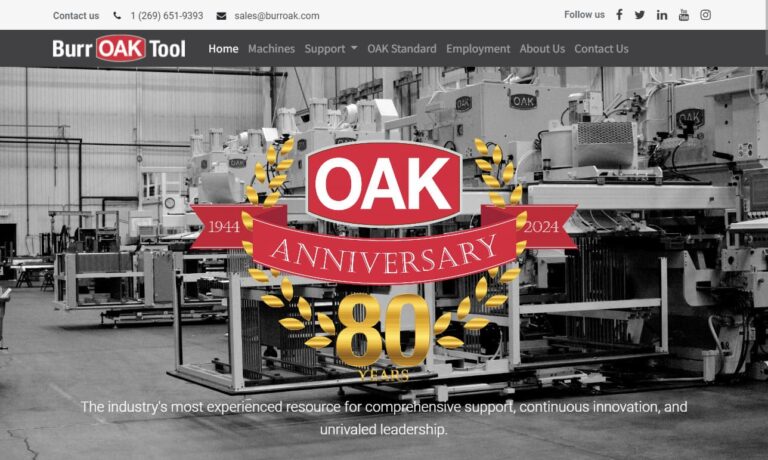
For over 50 years, Haven Manufacturing Corporation has built a solid reputation as the productivity leader in the tube recutting industry. As our business continues to grow, we have kept the focus on providing new cost-effective machinery and total solutions that increase output without adding additional labor resources. You can trust Haven to provide fully integrated solutions to meet all of...
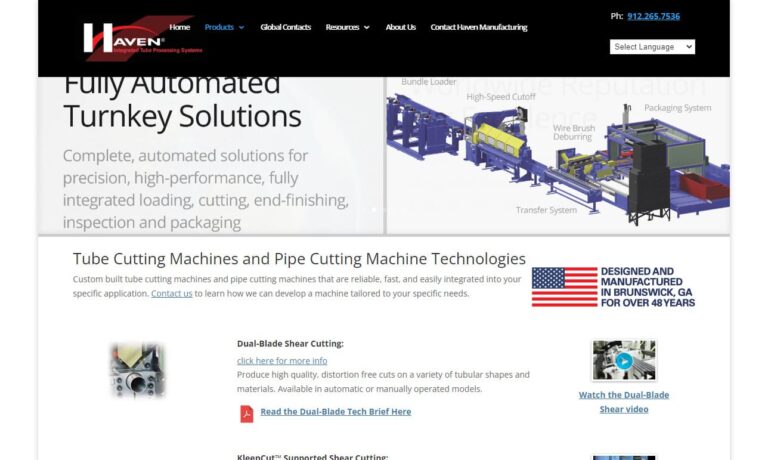
Universal Tube & Rollform Equipment Corp is your trusted ally in the realm of tube forming machines. Partner with us to experience a seamless integration of quality products, personalized services, and cutting-edge capabilities that redefine excellence in manufacturing solutions. Together, we can elevate your projects to new heights, ensuring that your tube forming components are not just parts...

More Tube Forming Equipment Manufacturers
Tube Forming: Comprehensive Guide to Processes, Equipment, and Applications

Tube forming is a vital process in the manufacturing and metal fabrication industries, enabling the creation of precise, durable, and customized tubes for a wide range of applications. From automotive exhaust systems to HVAC components, medical devices, and industrial machinery, tube forming processes and equipment are central to modern engineering and product design. This guide explores everything you need to know about tube forming, including the latest tube forming machines, roll forming equipment, various bending techniques, end forming processes, and key considerations for selecting leading tube forming equipment manufacturers.
Roll Forming Equipment: Precision Metal Profile Manufacturing
A cold roll-forming machine is a specialized piece of equipment that uses multiple sequentially arranged forming rolls to create complex metal profiles with exceptional accuracy. In roll forming, a metal strip, coil, or sheet is fed through a series of rollers, each performing incremental bending operations until the desired cross-sectional profile is achieved. This cold-forming process is favored in industries requiring high-volume production of consistent shapes, such as the automotive, construction, and appliance sectors.
Cold-formed profiles produced by roll forming machines offer several advantages over hot-rolled steel products, including:
- Enhanced surface finish: The cold working process results in polished, smooth surfaces ideal for visible or decorative components.
- Superior dimensional accuracy: Roll forming produces tight tolerances, reducing the need for secondary machining.
- Material efficiency: Minimal waste is generated, making it a cost-effective solution for long production runs.
- Customization: Profiles can be tailored to specific geometries, wall thicknesses, and finishes to suit unique engineering requirements.
With advancements in automation, computer-aided design, and digital controls, modern roll forming machines are more efficient, precise, and versatile than ever before. Automated inline systems can integrate punching, cutting, and welding, streamlining the entire tube and pipe manufacturing process.

Tube End Forming Processes: Customizing Tube Closures
Tube end forming machinery is essential for modifying tube ends to meet specific functional or assembly needs. This process is widely used in automotive tubing, refrigeration coils, heat exchangers, medical tubing, and other precision tube applications. Common tube end forming techniques include:
- Reduction (Necking) Tube End Forming: This process uses a set of dies and tapered rings to reduce a tube’s outside diameter. It's commonly used to create step-downs for joining tubes or to fit one tube inside another.
- Expansion Tube End Forming: Here, the tube end is enlarged to enable slip-fit connections or to accommodate fittings—an essential process for plumbing, HVAC, and heat pump assemblies. Expansion is also used in the production of evaporator coils and condenser tubes.
- Beaded Tube End Formation: By forming a bead (or ridge) at the tube’s end, this technique increases strength and provides a stop for hose connections or clamps. Beaded ends are especially common in fuel lines, cooling systems, and pneumatic controls.
- Flare Tube End Forming: In flaring, the tube end is shaped outward, creating a conical surface that ensures a secure, leak-tight seal—critical in hydraulic, brake, and refrigeration lines.
- Shrinking and Swaging: Swaging involves altering the diameter or wall thickness of a tube using high-pressure dies, while shrinking reduces the diameter for tight fitments.
- Notching, Piercing, and Slotting: These secondary operations are performed to prepare tube ends for assembly, welding, or the addition of hardware.
Do you need to select the right tube end forming machine for your specific material, size, or production volume? Explore our directory of tube end forming equipment manufacturers for detailed specifications, expert support, and fast RFQ submission.
Tube Bending: Shaping Tubes for Every Industry
Tube bending is the critical process of shaping metals and other materials into precise tubing or piping forms. Metal tube bending is widely used for ferrous metals such as stainless steel, mild steel, carbon steel, and copper alloys, but can also be applied to aluminum, brass, and titanium. Tube bending is indispensable for the manufacture of:
- Automotive exhaust and fuel lines
- Furniture frames and architectural handrails
- HVAC and refrigeration coils
- Medical device tubing
- Hydraulic and pneumatic systems
- Aircraft and aerospace components
Designing and developing bent tubes requires careful consideration of material properties, wall thickness, bend radius, and end-use requirements. Modern tube bending equipment includes CNC tube benders, hydraulic benders, and programmable mandrel benders, each suited for different production needs, tube diameters, and degrees of complexity.
Types of Tube Bending: Form-Bound vs. Freeform Techniques
Form-bound tube bending involves shaping a tube into a custom-designed die that matches the intended geometry of the final product. This precise technique is ideal for high-volume production where repeatable, complex shapes are required. Form-bound bending can be performed manually or, more commonly, with CNC and hydraulic tube bending machines for improved speed and accuracy.
Freeform tube bending does not rely on a die to determine the shape. Instead, it uses advanced presses and tube-bending equipment to create bends continuously along the tube's length. This process is ideal for fabricating parts from a single continuous piece, such as roll cages, frames, and artistic installations. Roll bending is a classic example, where a tube passes through three pyramid-arranged rollers to achieve large, smooth radii.
Not sure which tube bending method is best for your project? Contact our tube forming experts for a free consultation.
Alternative Tube Bending Methods: Rotary, Mandrel, Compression & Roll Bending
Rotary Draw Bending: This method uses a rotating die to pull the tube around a fixed radius, delivering tight, precise bends. Rotary draw bending is preferred for complex shapes and consistent radii, making it the go-to solution for automotive and aerospace tubing, handrails, and frames.
Mandrel Bending: Mandrel tube bending involves inserting a solid or segmented mandrel into the tube during the bend. The mandrel supports the tube’s inner wall, preventing defects such as rippling, flattening, or collapse. This technique is essential for thin-walled tubes or when tight radii are required without compromising structural integrity—common in exhaust systems, furniture, and medical devices.
Compression Bending: In compression bending, a die presses against a fixed tube, wrapping it around a stationary form to achieve the desired angle. This cost-effective process is suitable for larger radii and less demanding tolerances, frequently used in construction, signage, and frames.
Roll Bending: For applications requiring large-radius curves, roll bending employs three or more rollers to gradually curve the tube. This process accommodates broad sweeping bends and is ideal for architectural elements, spiral staircases, and large-diameter tubing.

Common Applications of Tube Forming and Bending
Tube forming and bending technologies are foundational to a wide range of industries. Some of the most common applications include:
- Automotive and Transportation: Formed tubes are critical for exhaust systems, fuel and brake lines, chassis components, and roll cages.
- Construction and Architecture: Tubular structures are used for handrails, balustrades, scaffolding, support columns, and decorative elements.
- HVAC and Refrigeration: Precision-formed tubes are necessary for condensers, evaporators, heat exchangers, and ductwork.
- Medical Devices: Stainless steel and titanium tubing is formed for surgical instruments, hospital equipment, and diagnostic devices.
- Furniture Manufacturing: Tubular frames provide strength and aesthetics for chairs, tables, beds, and shelving.
- Industrial Equipment: Tubes are formed for conveyor systems, hydraulic lines, pneumatic controls, and machinery frames.
- Aerospace and Defense: Lightweight, high-strength tubing is essential for aircraft fuel lines, structural supports, and control systems.
How to Choose the Right Tube Forming Equipment Manufacturer
When investing in tube forming machinery or partnering with a tube forming equipment manufacturer, your choice can impact productivity, part quality, and long-term profitability. Here are essential decision factors to help you evaluate manufacturers and suppliers:
- Expertise and Industry Experience: Does the manufacturer have a proven track record in your specific industry (e.g., automotive, HVAC, medical, aerospace)? What certifications and quality management systems do they maintain?
- Product Range and Customization: Can the supplier offer a complete line of tube forming machines—such as CNC tube benders, end forming machines, and roll forming equipment—tailored to your production needs?
- Technology and Innovation: Look for manufacturers who invest in advanced automation, robotics, and digital controls for improved efficiency and precision. Do they provide integrated solutions (e.g., inline punching, cutting, or welding)?
- After-Sales Support and Training: Comprehensive customer support, operator training, and maintenance services are critical for minimizing downtime and maximizing your investment.
- Reputation and References: Seek out client testimonials, industry awards, and case studies to validate the manufacturer’s reliability and performance.
- Lead Time and Delivery: Assess production capacity, lead times, and global delivery options to ensure seamless project completion.
- Price and Total Cost of Ownership: Compare not just the initial purchase price, but also long-term operating costs, spare parts availability, and energy efficiency.
To ensure a successful purchase of tube forming equipment, we recommend comparing at least five manufacturers using our Tube Forming Equipment Directory. Each manufacturer profile highlights specialties, technical capabilities, and includes a direct contact form for inquiries or quote requests. Browse each company’s website using our patented previewer to quickly assess their expertise, then use our streamlined RFQ form to contact multiple suppliers with a single message.
Benefits of Advanced Tube Forming Technology
Modern tube forming machines and automation technologies deliver significant advantages for manufacturers and fabricators:
- High Precision and Quality: Automated controls and CNC systems ensure every part meets tight tolerances and repeatability standards.
- Increased Efficiency: Faster production cycles and integrated processes reduce labor costs and lead times.
- Material Versatility: Advanced machines handle diverse materials, from stainless steel and aluminum to exotic alloys and plastics.
- Minimized Waste: Optimization software and precise tooling reduce scrap, saving material costs.
- Enhanced Safety: Automated systems lower operator risk and comply with global safety standards.
- Design Flexibility: Rapid tooling changes and CNC programming allow for quick adaptation to new part geometries and prototypes.
Frequently Asked Questions About Tube Forming Equipment
- What factors affect tube bending quality?
Key factors include material type, wall thickness, bend radius, tooling selection, and machine calibration. Using the correct mandrel, die, and lubrication significantly reduces the risk of tube deformation or wrinkling. - Which industries benefit most from roll forming machines?
Roll forming is indispensable for automotive, construction, appliance manufacturing, infrastructure, and electrical enclosure production due to its efficiency and consistency in producing complex profiles. - How do I choose between CNC and hydraulic tube bending machines?
CNC tube benders offer unmatched precision, speed, and automation for complex shapes or high-volume work. Hydraulic benders are cost-effective and robust for simpler, heavy-duty applications. Consider your production volume, part complexity, and budget. - Are there eco-friendly tube forming solutions?
Yes, many modern machines feature energy-efficient motors, closed-loop hydraulic systems, and material optimization software to reduce environmental impact. - What support is available for machine installation and training?
Leading manufacturers offer on-site installation, operator training, troubleshooting, and preventive maintenance programs to ensure seamless integration and maximum uptime.
Start Your Tube Forming Project Today
Ready to upgrade your manufacturing process, improve part quality, or expand your capabilities with advanced tube forming equipment? Explore our complete directory of trusted tube forming equipment manufacturers, compare features and specifications, and connect directly with leading suppliers worldwide.
For personalized support, step-by-step buying guides, or to discuss your unique project requirements, contact our tube forming machinery experts today. Discover how the right machinery can drive innovation, efficiency, and success in your business.

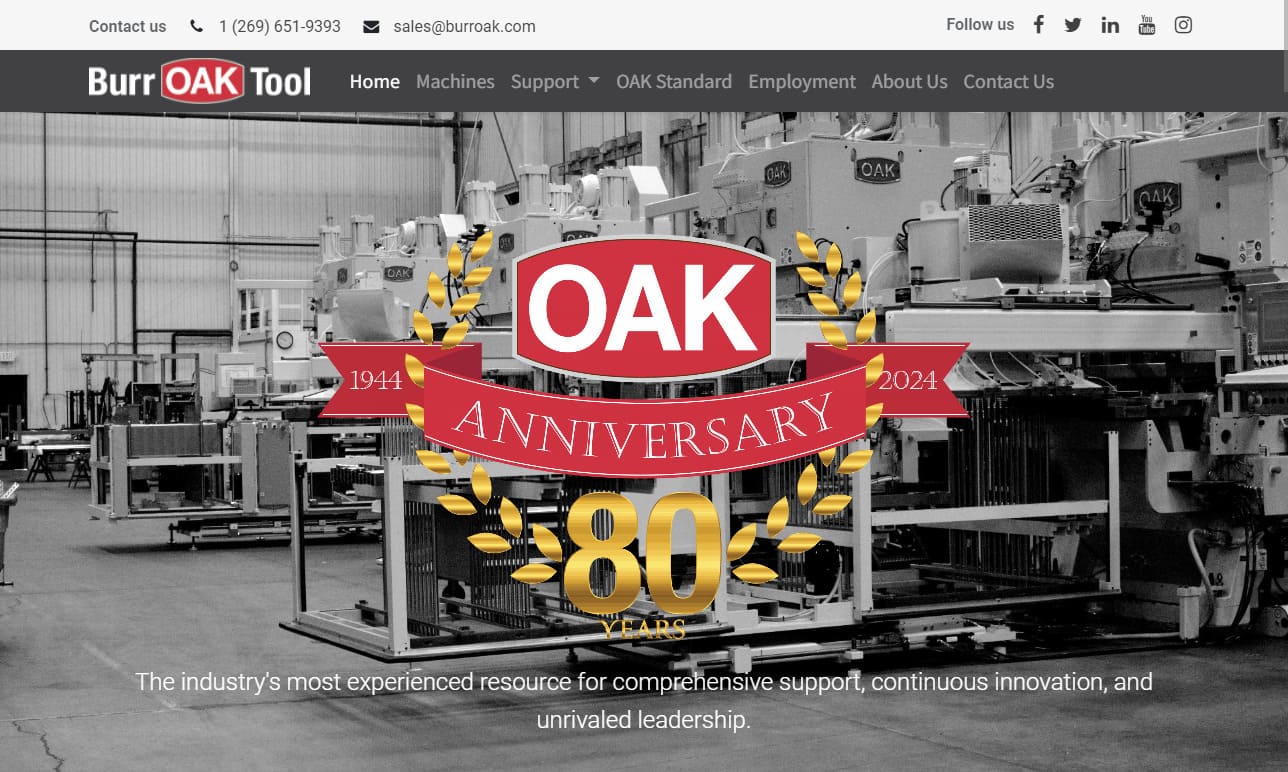
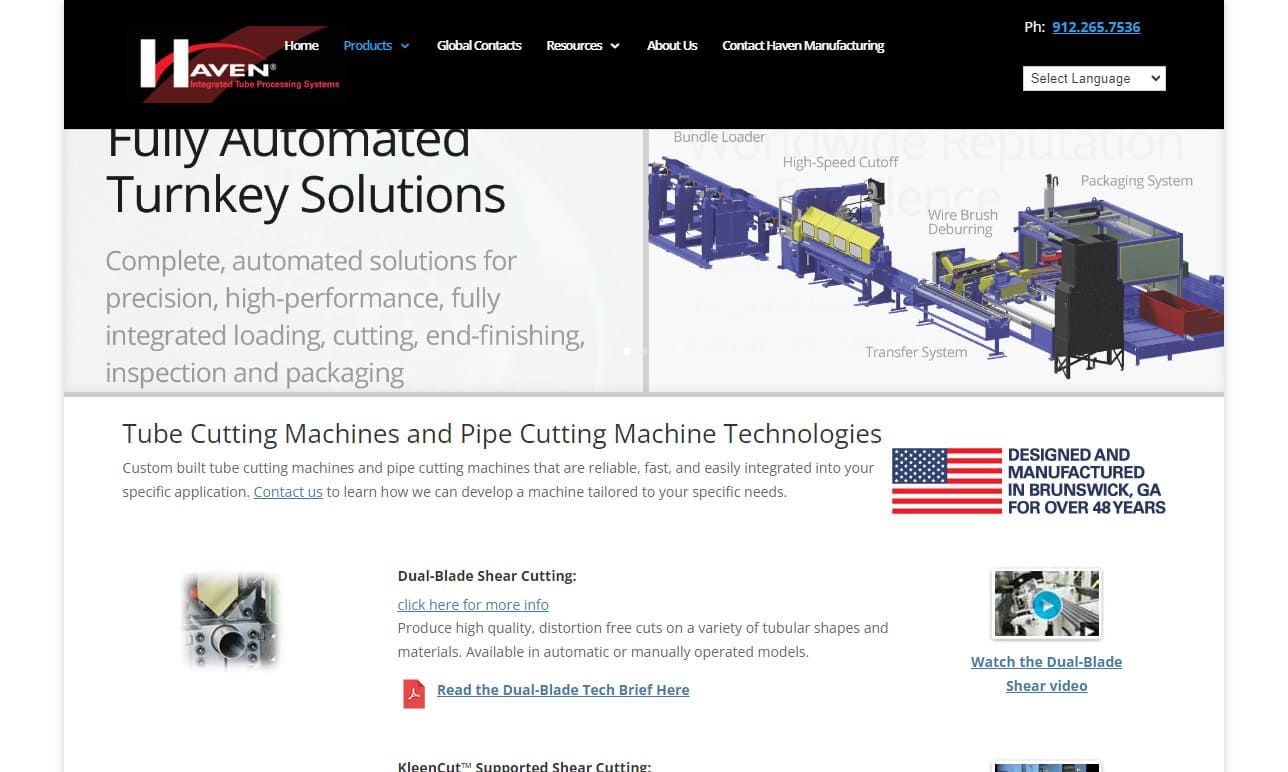

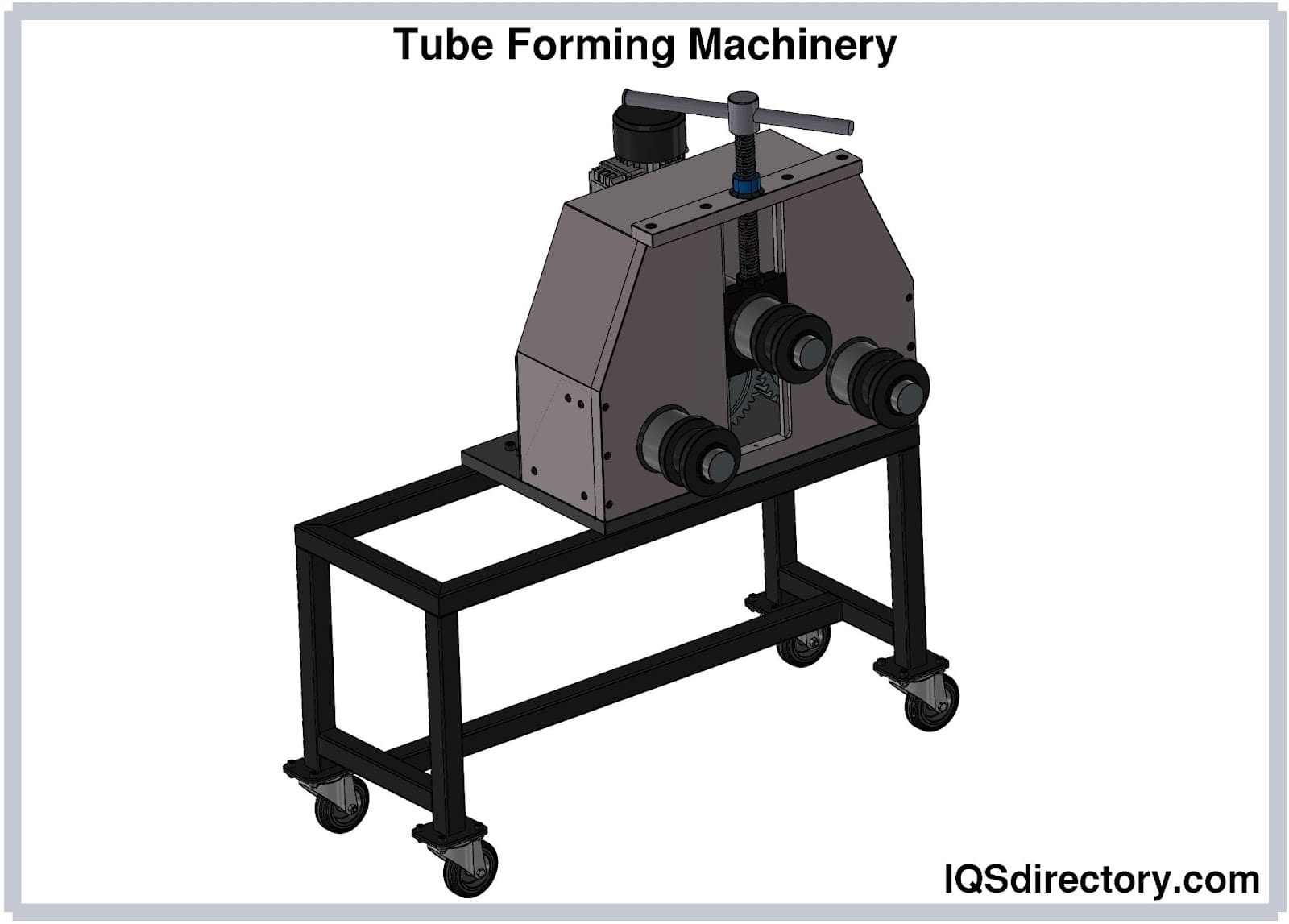
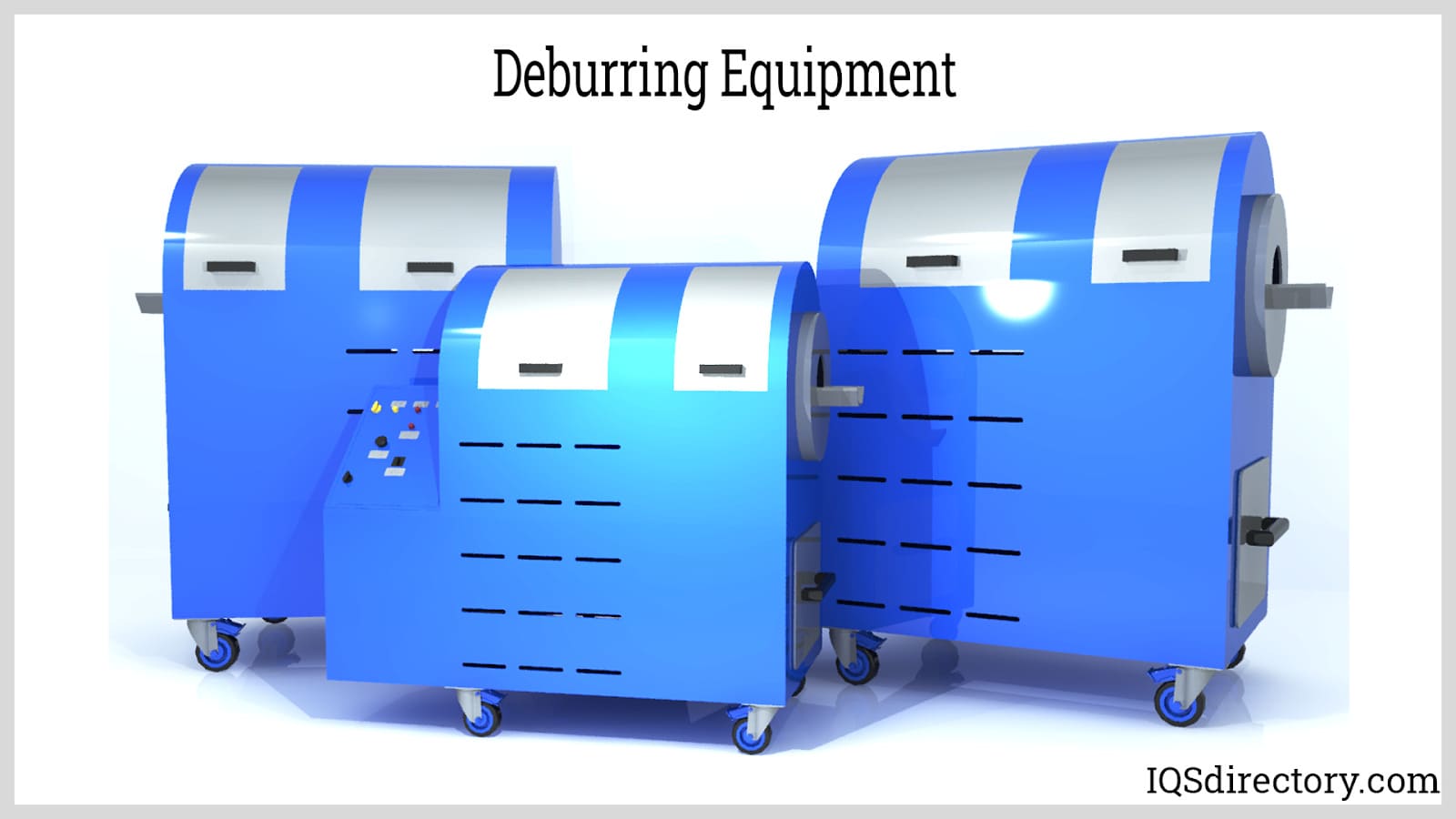
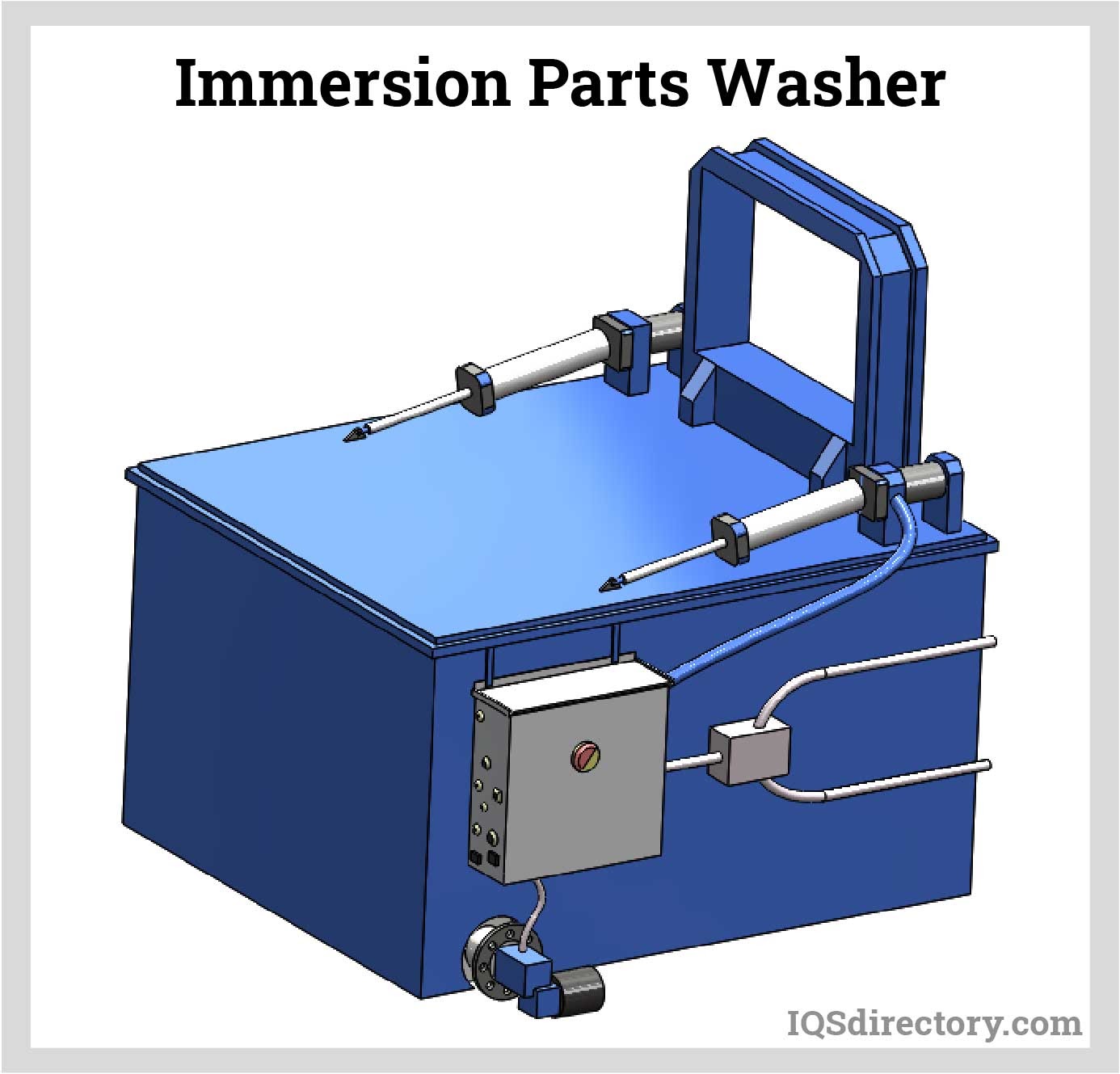
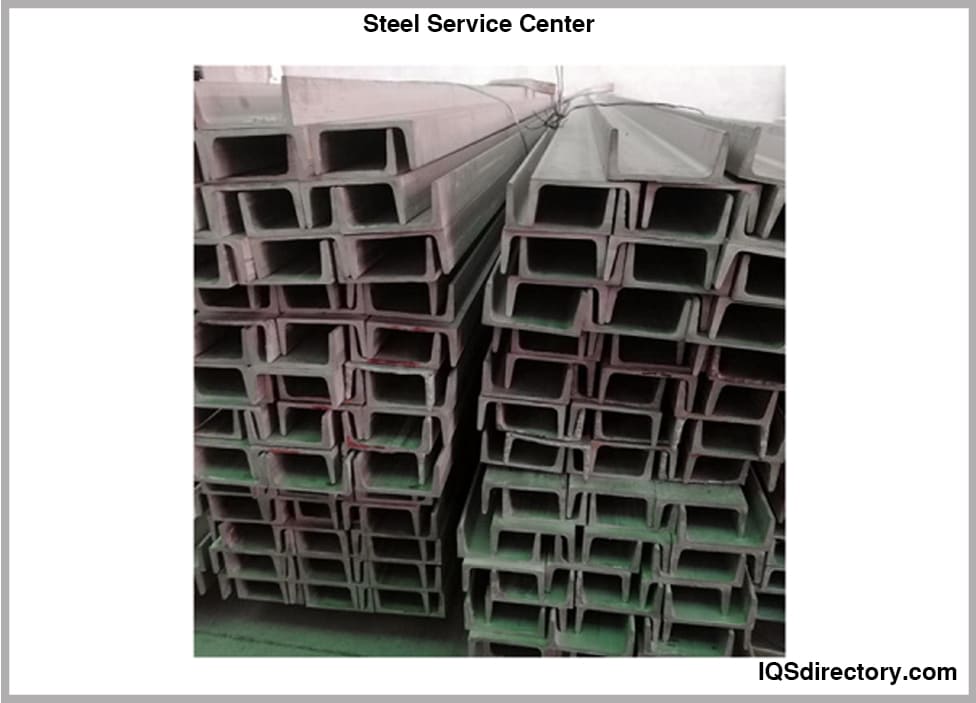
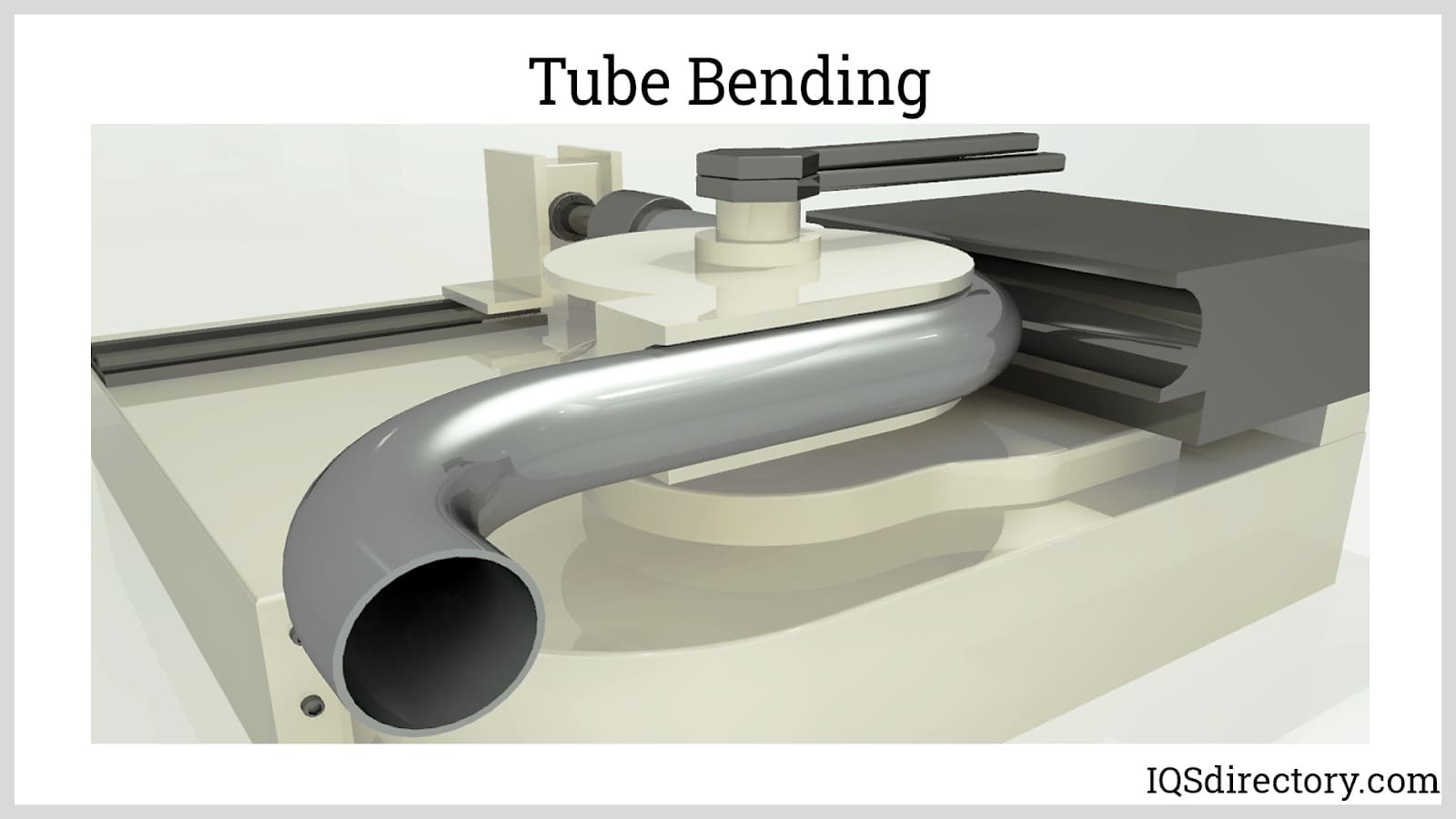
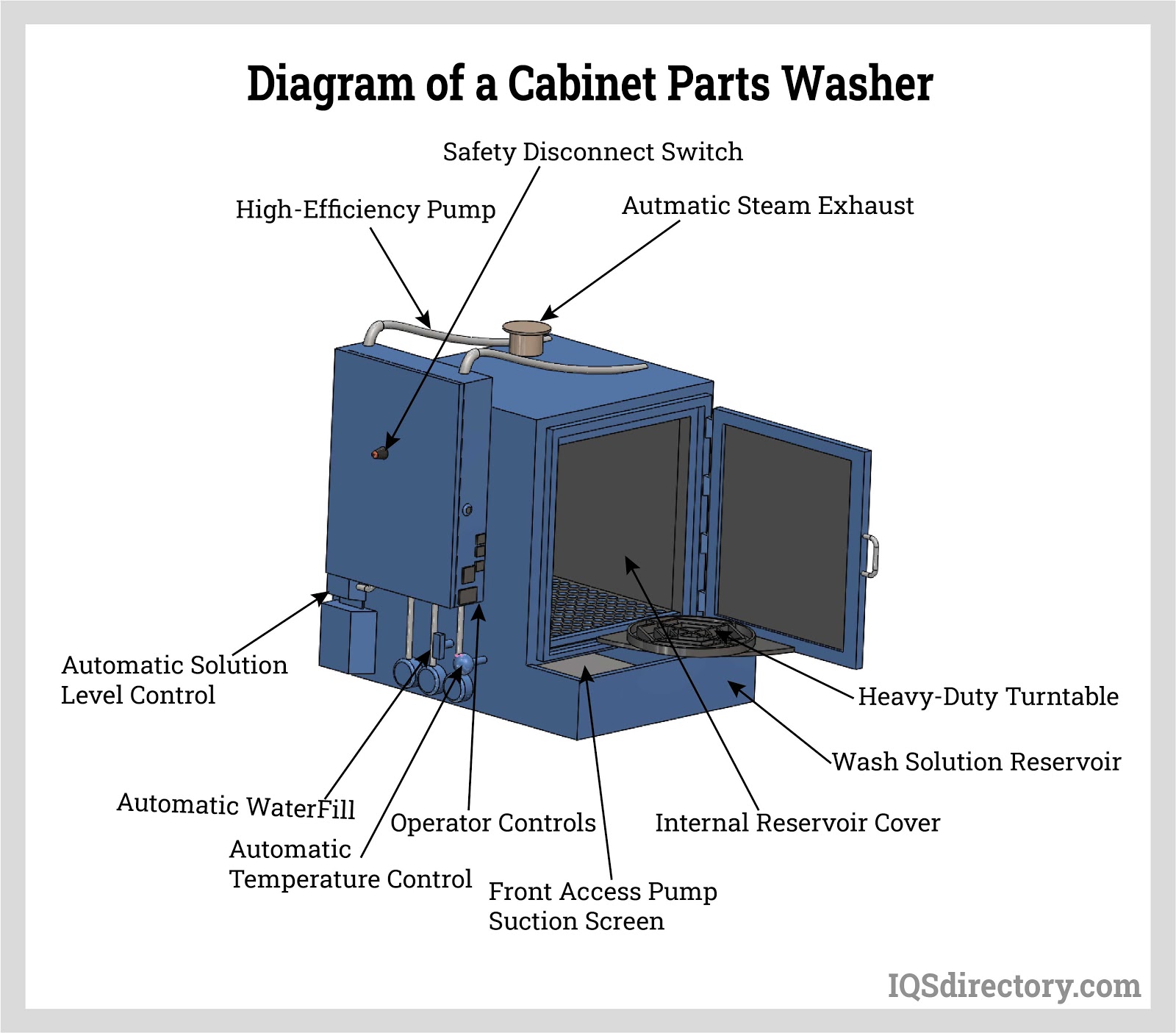
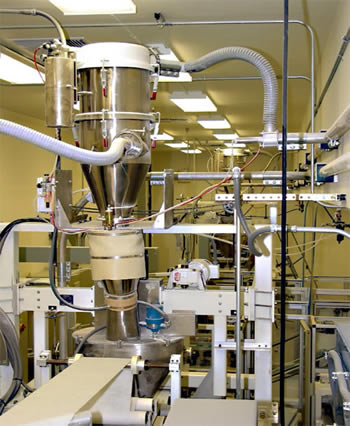 Automation Equipment
Automation Equipment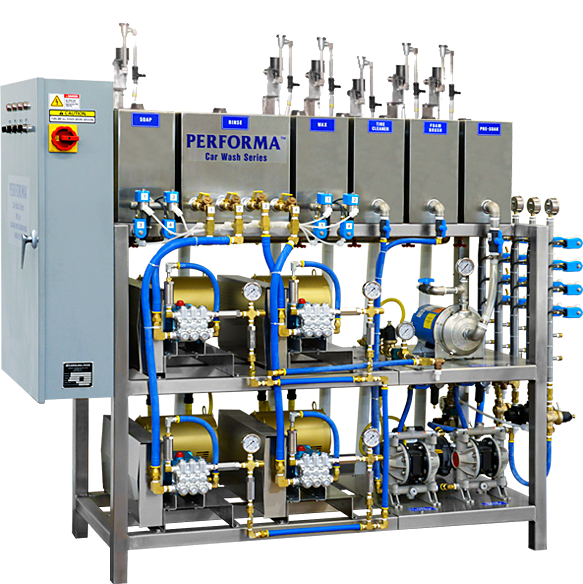 Car Wash Equipment
Car Wash Equipment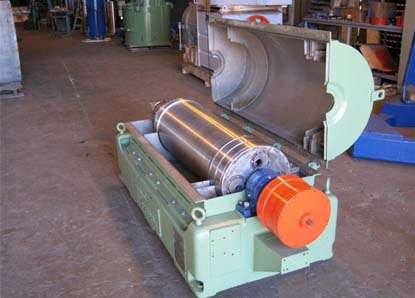 Centrifuges
Centrifuges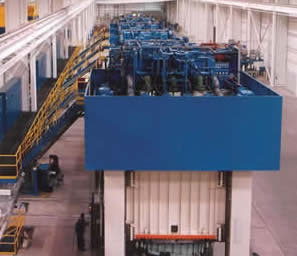 Hydraulic Presses
Hydraulic Presses Lasers
Lasers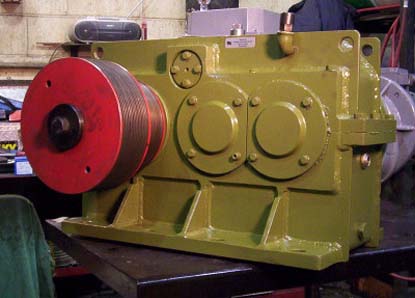 Machinery Rebuilders
Machinery Rebuilders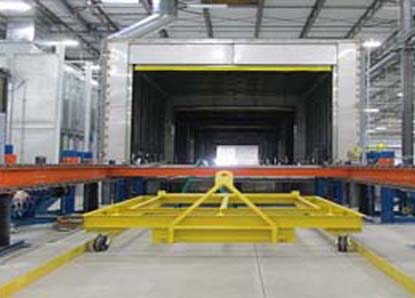 Paint Finishing Equipment
Paint Finishing Equipment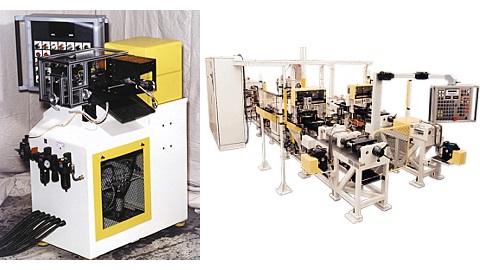 Tube Forming Machines
Tube Forming Machines Castings & Forgings
Castings & Forgings Bulk Material Handling
Bulk Material Handling Electrical & Electronic Components
Electrical & Electronic Components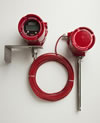 Flow Instrumentation
Flow Instrumentation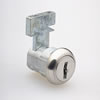 Hardware
Hardware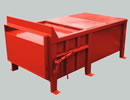 Material Handling Equipment
Material Handling Equipment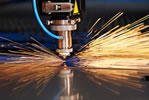 Metal Cutting Services
Metal Cutting Services Metal Forming Services
Metal Forming Services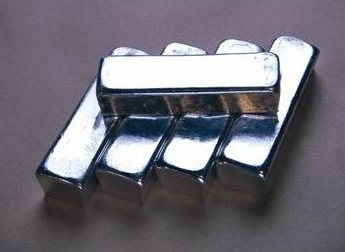 Metal Suppliers
Metal Suppliers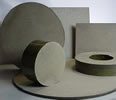 Motion Control Products
Motion Control Products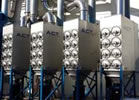 Plant & Facility Equipment
Plant & Facility Equipment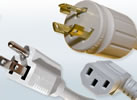 Plant & Facility Supplies
Plant & Facility Supplies Plastic Molding Processes
Plastic Molding Processes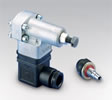 Pumps & Valves
Pumps & Valves Recycling Equipment
Recycling Equipment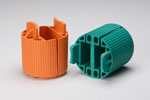 Rubber Products & Services
Rubber Products & Services